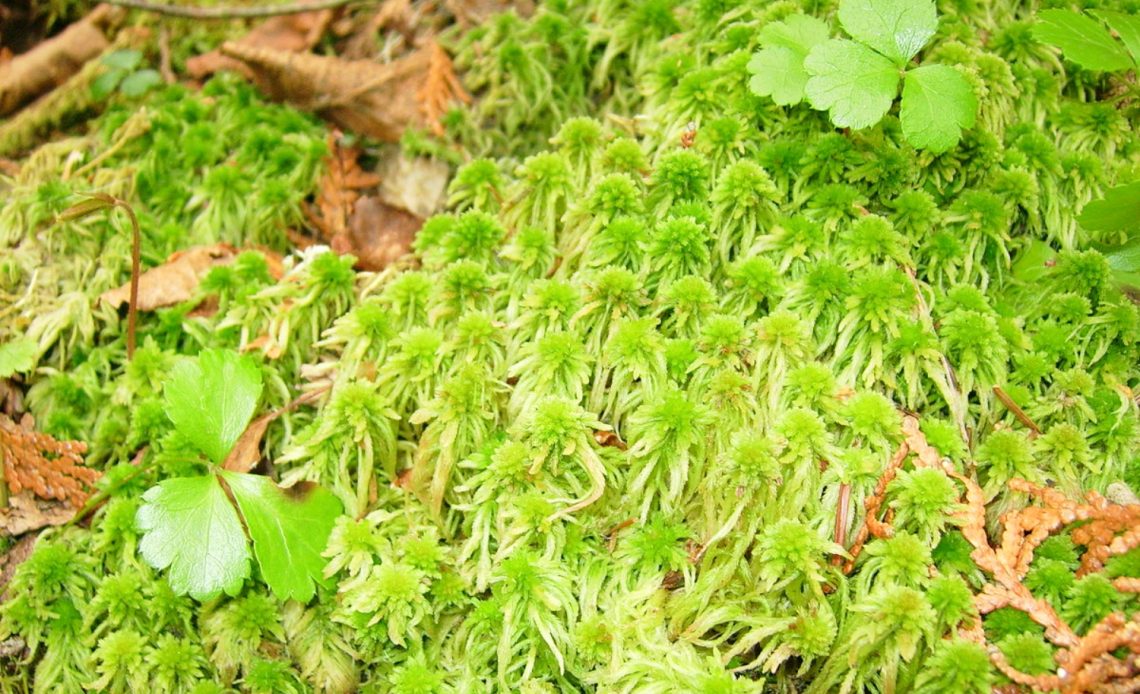

We’re here to help! Wild Yards is a completely free website that is 100% dedicated to helping you create a wildlife-friendly, sustainable yard. Read more
WildYards is reader-supported. When you buy a product through a link on our site, we may earn a comission. Every product is independently selected by our (obsessive) editors and our reviews are unbiased and objective. Read more about our mission or our privacy policy.
As a gardener, you’re probably familiar with the terms “sphagnum moss” and “peat moss”. While these two terms are often used interchangeably, they refer to two separate things. Knowing the difference between sphagnum moss and peat moss will allow you to choose the right one for your plants, whether you’re preparing a vegetable patch or repotting your flowers. So, when it comes to sphagnum moss vs. peat moss, what’s the difference?
Both sphagnum moss and peat moss come from the same plant, which can be found in sphagnum peat bogs. Sphagnum moss is the living uppermost portion of the plant, while peat moss is the decaying layer found beneath the surface.
What is sphagnum moss?
Sphagnum moss is a plant that thrives in swamps, bogs, and wetlands. It can be found growing all over the world, from Europe to Asia, from Africa to the Americas, and even in the Arctic. Sphagnum moss is highly adaptable and grows just as well in warm climates as it does in cooler regions. Sphagnum moss is a popular soil amendment because it has several key characteristics.
First, sphagnum moss can retain a ton of water. This amazing little plant can hold up to 20 times its weight in water, making it an excellent biodegradable mulch for a variety of plants. Second, sphagnum moss has antimicrobial properties. This makes it a popular soil amendment because not only can it help improve the structure of the soil, but it can also help plants fight root rot by fending off the various pathogens that contribute to the infection.
Sphagnum moss is light tan to gray in color, sometimes with a tinge of yellow or green. It’s often used to loosen compacted soil, improve moisture retention, and feed plants. This moss plays a crucial role in the ecosystems it thrives in, by breaking down old plant matter and producing oxygen via photosynthesis. Sphagnum moss also stores carbon produced by bogs, offsetting the potentially damaging effects of this gas, and improving air quality all over the world.
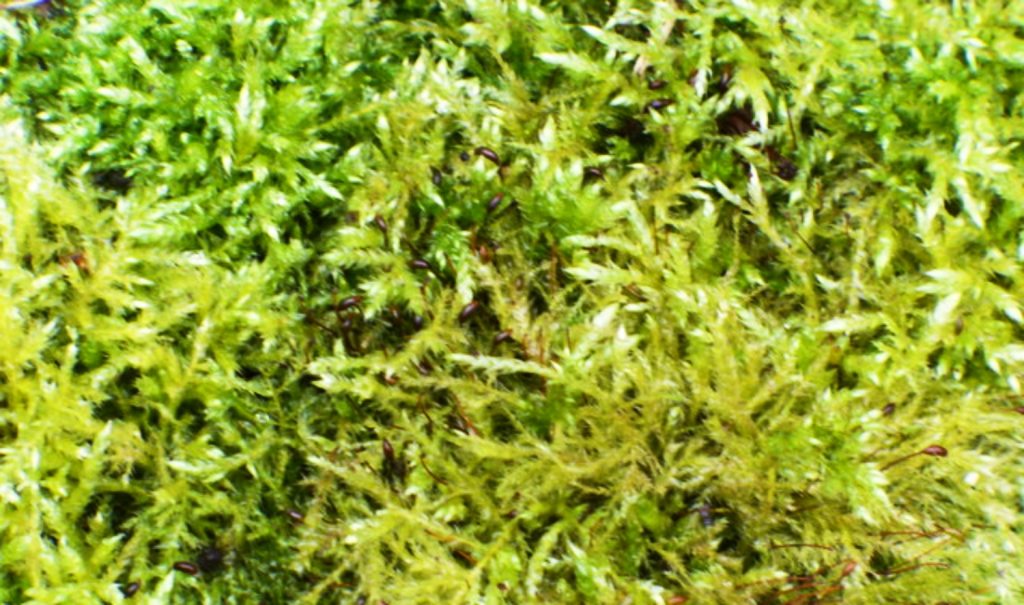
What is peat moss?
Peat moss comes from sphagnum moss. But unlike sphagnum moss, which is the live portion of the plant, peat moss is the dead, decaying layer of material found underneath the plant. Peat moss may also consist of other decaying plant materials found in a wetland area, as those materials become trapped beneath the uppermost living layer of sphagnum moss.
Like sphagnum moss, peat moss is a popular choice of mulch for gardens because of its ability to retain water. Peat moss works well for amending sandy soils and rocky soils that dry out quickly. Peat moss is dark brown to black in color and feels much drier than sphagnum moss by comparison.
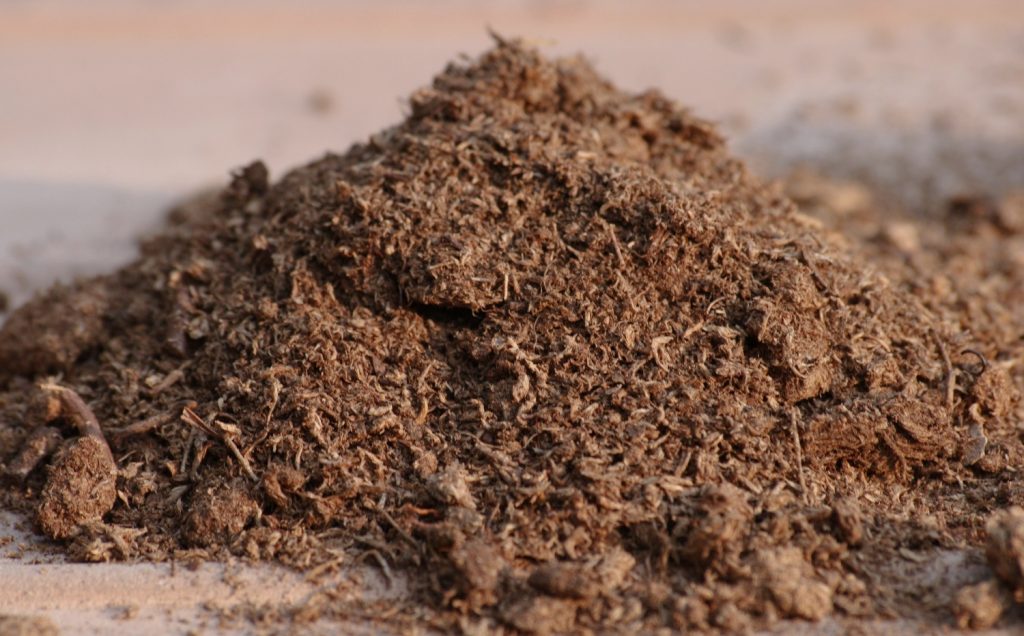
Sphagnum moss vs. peat moss: it’s all about the pH
Now that you know the difference between sphagnum moss vs. peat moss, it’s time to take a look at how they can both be used. Let’s start by finding out how pH levels come into play.
Peat moss is acidic
The biggest difference between sphagnum moss vs. peat moss has to do with their respective pH levels. Peat moss is quite acidic, ranging anywhere from 3.5 to 4.5 on average. This makes peat moss ideal for bringing alkaline soils down to a neutral range. Thanks to peat moss’s acidity, it’s also an appropriate soil amendment for acid-loving plants, including fruits like blueberries and tomatoes, and flowers, like azaleas and gardenias. Peat moss can be used to alter the color of hydrangeas, too. Low soil pH turns hydrangeas blue. If you want to change your bright pink hydrangeas to purple or periwinkle, adding a healthy dose of peat moss to the soil can help the blooms develop the desired color.
Sphagnum moss is pH neutral
Although sphagnum moss is also somewhat acidic, with a pH of 4.0 to 5.5 on average, it has a neutralizing effect on the pH of the soil that it’s mixed with. Sphagnum moss is ideal for amending compacted soils that drain poorly but are at an ideal pH range for the plants growing in it. Sphagnum moss is often mixed into soils to prepare them for growing fruits and vegetables since the vast majority of plants grow best in neutral soils. A pH range from 6.0 to 7.0 allows plants to access more of the vitamins and minerals that they need to survive.
Sphagnum moss vs. peat moss: nutrient content
PH level plays a huge role in how well the plants in your garden are able to absorb minerals. Although both sphagnum moss and peat moss are often used to amend the soil, they add different types of nutrients to the soil.
Sphagnum moss is loaded with beneficial vitamins and minerals
Sphagnum moss is harvested while it’s still green and growing. Because the moss hasn’t fully broken down, it’s chock-full of nutrients that your plants will love. Most notably, sphagnum moss is an excellent source of nitrogen, phosphorous, and potassium, the most crucial nutrients to any plant. These three nutrients enable plants to produce healthy new foliage, photosynthesize, reproduce, and survive stressful situations like droughts. However, it’s worth noting that sphagnum moss contains high amounts of trace minerals, too, including iron, sulfur, manganese, copper, zinc, and calcium. All of these nutrients work together to keep plants healthy so they can produce food for themselves, establish strong root systems, and fight off insects and infections. Because sphagnum moss is such a valuable source of nutrients, it’s great for prepping flower beds and vegetable patches.
Peat moss is nutritionally deficient
Although sphagnum moss may be an appropriate fertilizer for the plants in your garden and landscape, peat moss really isn’t. Peat moss is dead sphagnum moss harvested from bogs and other wetland areas. Because it’s mostly broken down by the time it’s pulled from the bog, it doesn’t have many vitamins or minerals left to offer. Although this means peat moss makes for a poor organic fertilizer, that doesn’t mean it should be written off completely. Some plants have low nutrient needs. Peace lilies, pothos, spider plants, and cast iron plants don’t require regular fertilization. So they can benefit from being grown in soil that has been amended with peat moss.
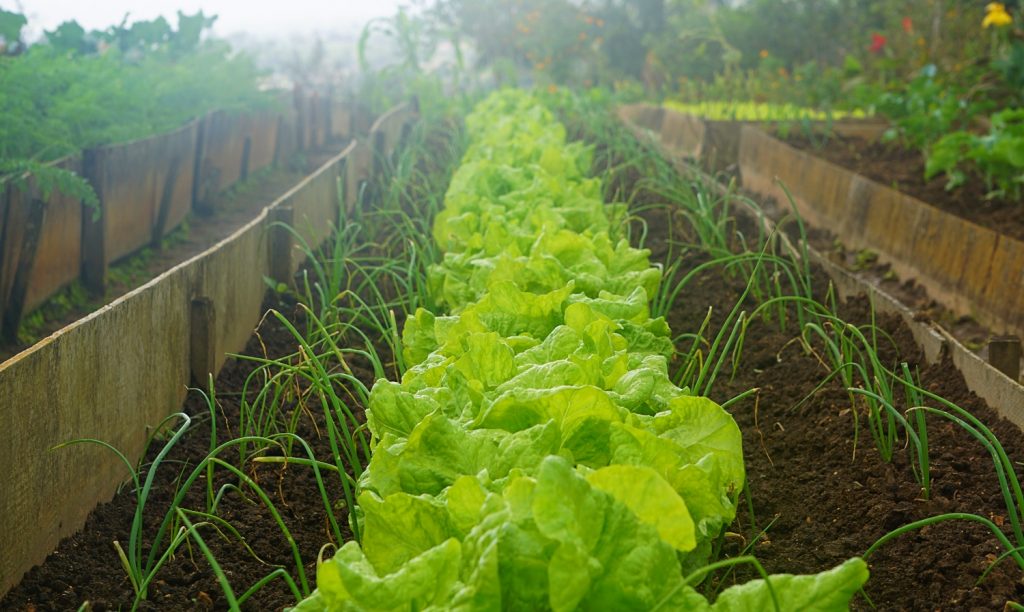
Sphagnum moss vs. peat moss: antimicrobial properties
As mentioned before, sphagnum moss possesses antimicrobial properties which make it a suitable substrate for plants that are prone to root rot. But how do the antimicrobial benefits of sphagnum moss measure up against those of peat moss?
Peat moss is less sterile than sphagnum moss
The decomposing layer of sphagnum known as peat may help improve the structure of your native soil. This, in turn, can help your plants retain the water they need to grow and stay healthy. Unfortunately, though, peat moss isn’t as sterile as sphagnum moss, so it can’t really help your plants fend off root rot and other damaging pathogens. If you’ve had trouble growing plants like lavender, salvias, begonias, or other plants with sensitive roots in the past, amending your soil with peat moss may not be enough to help the situation.
Sphagnum moss is more sterile
If you need some help keeping root rot at bay, you’re much better off using sphagnum moss vs. peat moss. Sphagnum moss has such strong antimicrobial properties that it was often used to dress wounds in World War I. For this reason, it’s an excellent soil amendment for plants that are prone to developing bacterial and fungal infections. If you’ve struggled with these types of infections before and lost plants to these diseases, try amending the soil with sphagnum moss before buying new ones. It may just be the thing that turns your thumb green!
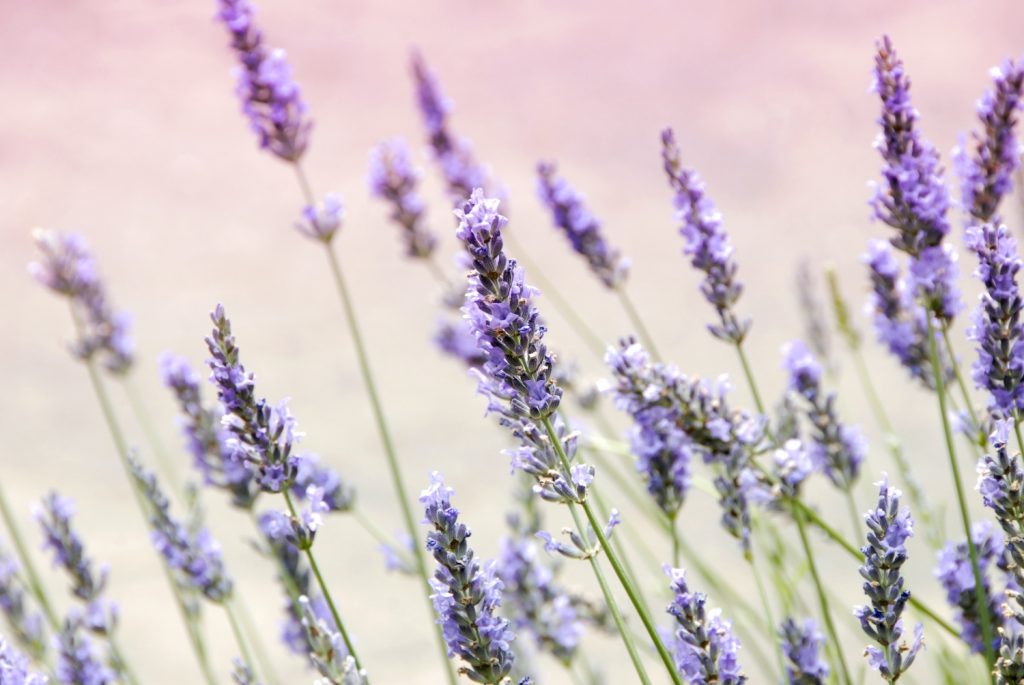
Sphagnum moss vs. peat moss: which is better for moisture retention?
Sphagnum moss and peat moss are usually used to help the soil retain moisture. But are their moisture-retaining properties the same? Let’s find out.
Sphagnum moss holds more water
If you were to take sphagnum moss in one hand and peat moss in the other, you would immediately notice that sphagnum moss is stringier and much more fibrous than peat moss. Remember, sphagnum moss is harvested while it’s still growing. Although it’s dried before it’s packaged and sold, it hasn’t begun to break down fully. Because the sphagnum moss you purchase for your garden has retained much of its structure, it’s able to absorb much more water than peat moss. If you’re looking to amend sandy soil or fill pots for water-loving plants, sphagnum moss is the much better choice of the two.
Peat moss stays drier
Going back to our textural comparison between sphagnum moss vs. peat moss, the latter feels much lighter and fluffier by comparison. Peat moss has had years to break down, which means the fibrous materials that once comprised the living plant have lost some of their water-retaining capabilities. While this means peat moss may not be the best soil amendment for water-loving plants like elephant ears, it does mean that it’s uniquely suited to loosening up compacted soils for drought-tolerant plants, including rosemary and sage.
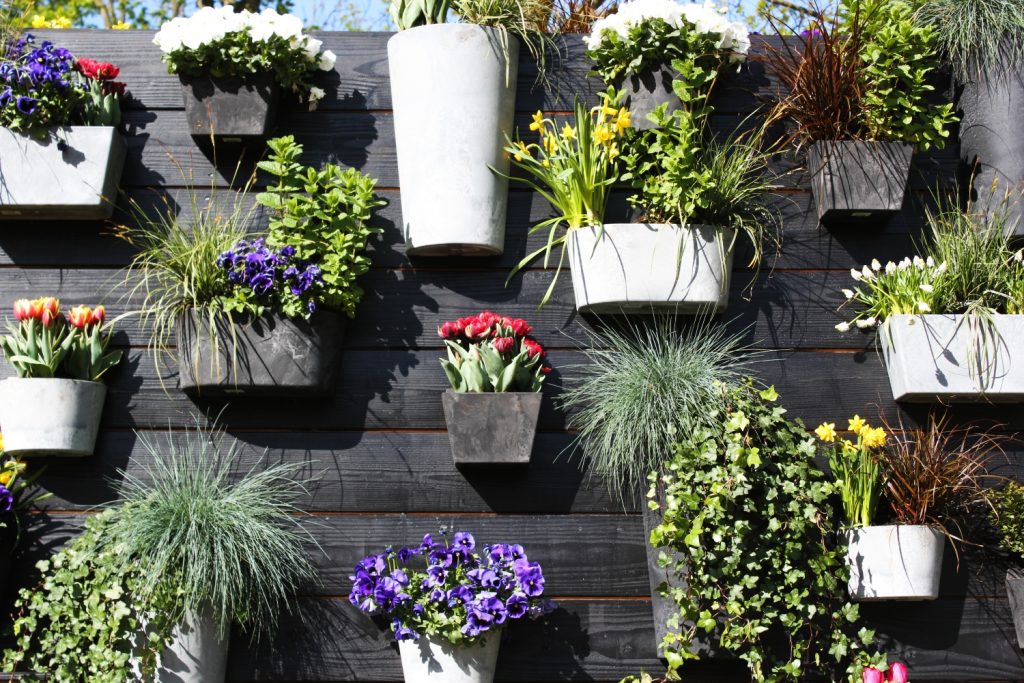
Sphagnum moss vs. peat moss: which one is more sustainable?
Both sphagnum moss and peat moss play an integral role in the health of wetland ecosystems. Bogs, swamps, and other lowland environments rely on this important plant to turn decaying materials into usable nutrients and to control gas emissions. Neither sphagnum moss nor peat moss is very sustainable. But one is a bit more sustainable than the other.
Peat moss is not renewable
Peat moss is done growing — obviously, right? Because it’s dead. But what that means is there is a very finite amount within a given bog. It takes years for living sphagnum moss to die, break down, and accumulate into a layer ready to be harvested. So if all of the peat moss is taken from a bog, it throws a wrench in the whole operation. Suddenly, the trees and plants in the bog don’t have as many nutrients as they need to grow at a comfortable rate. The bog has less peat to sequester carbon, leading to higher emissions and less oxygen — a scenario that can have global implications. Overall, peat moss is not sustainable, at least not when it’s being harvested in such large quantities. You’re far better off using earth-friendly alternatives, like coconut coir, rice hulls, and compost.
Sphagnum moss is more renewable
When comparing sphagnum moss vs. peat moss, the former is considered renewable, but with an asterisk. Sphagnum moss is growing and can be harvested with fewer detrimental side effects to a bog than peat moss can. However, sphagnum moss is relatively slow-growing. Over-harvesting of sphagnum moss can be just as bad for a wetland area as over-harvesting of peat moss. If you have to choose between the two, sphagnum moss is the more renewable option. But if you’re environmentally conscious and want to support thriving ecosystems all over the world, homemade compost, vermiculture, wood chips, and pine bark are better substitutes.
Sphagnum moss vs. peat moss: the final verdict
To recap: sphagnum moss is dried moss harvested from the living sphagnum moss plant, while peat moss is the decades-old decomposing layer found beneath the living sphagnum plant. Neither sphagnum moss nor peat moss is better than the other. Both can be used to amend the soil, it just depends on your garden’s needs and your plant’s needs. Sphagnum moss offers plants more nutrients and better moisture retention, but peat moss is the clear winner if you need to lower your soil’s pH and improve drainage.
Of course, if being green is at the top of your list as a gardener, then there are certainly more renewable choices than sphagnum moss and peat moss. If you’re not sure what your garden’s soil needs, perform a soil test to determine the pH level and nutrient content. Don’t forget to read up on the growing requirements of the plants you intend to grow, too. Knowing more about your soil and the plants in your garden allows you to choose the proper soil amendments so you can grow the tastiest fruits and vegetables and the prettiest flowers around.
